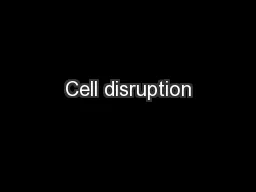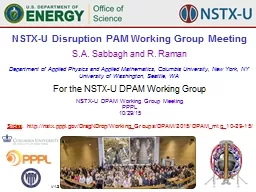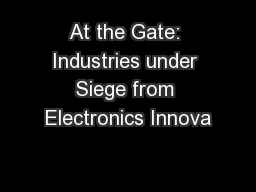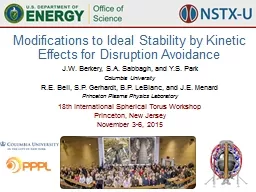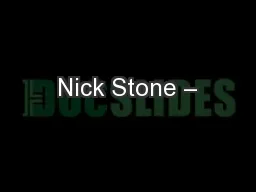PPT-Cell disruption
Author : debby-jeon | Published Date : 2016-03-25
Saeb Aliwaini Saeb Aliwaini Cell disruption To extract a product from cells The cells are usually first separated from the culture liquid medium To reduce secreted
Presentation Embed Code
Download Presentation
Download Presentation The PPT/PDF document "Cell disruption" is the property of its rightful owner. Permission is granted to download and print the materials on this website for personal, non-commercial use only, and to display it on your personal computer provided you do not modify the materials and that you retain all copyright notices contained in the materials. By downloading content from our website, you accept the terms of this agreement.
Cell disruption: Transcript
Download Rules Of Document
"Cell disruption"The content belongs to its owner. You may download and print it for personal use, without modification, and keep all copyright notices. By downloading, you agree to these terms.
Related Documents

